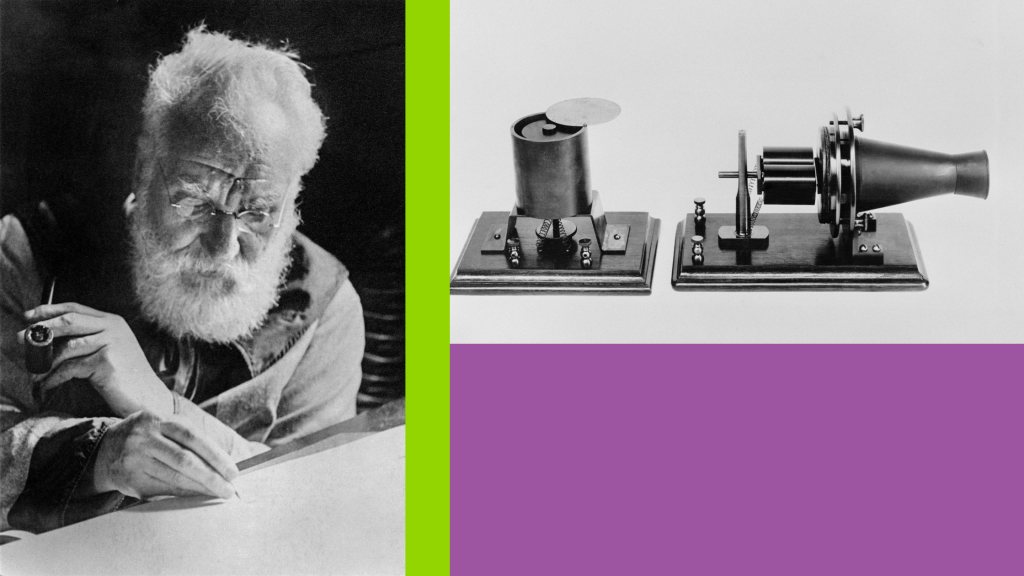Remembering Alexander Graham Bell: The History Of Communication Technology

In 2024, as we enjoy seamless gaming and streaming on Pavlov Media’s blazing-fast fiber Internet, it’s hard to believe that less than 150 years ago, Alexander Graham Bell had just received a patent for his invention, the telephone. That day subsequently inspired a century and a half of telecommunications advancements that brought us here today.
While Bell received his patent on March 7, 1876, he made the first-ever phone call three days later on March 10. He called his colleague, Thomas A. Watson, and famously said, “Mr. Watson, come here. I want to see you." The question is, how did this historical phone call work? The answer is quite simple and mirrors the technology we still use today.
This History of Alexander Graham Bell’s Inventions
According to Britannica, Bell was something of a telegraph aficionado. He was fascinated with the inner workings of telegraphs and wanted to work to improve the technology. In doing so, he learned that innovators like Thomas Edison were working to transmit multiple telegraph messages simultaneously with just one wire. This led him to design a telegraph that used tuning forks to respond to certain frequencies, dividing the line into more than 10 channels. This design was called the harmonic telegraph, and while it was revolutionary for the time, Bell was much more interested in sending the human voice over a wire. Luckily for him, the harmonic telegraph and his soon-to-be-discovered invention of the telephone were mechanically similar.
Bell began designing and revising until he created a functioning telephone instrument. This instrument consisted of a needle and battery connected by a wire to a receiver. Bell would speak into a drum, which would move the needle. The vibrations then converted to electric current that traveled up the wire and to the receiver. Transmitting sound through electric current paved the way for future communication technologies.
How Bell’s Invention Transformed the Communication Technology Landscape
As the telephone was sold across the United States, a new communications infrastructure was formed. While this infrastructure may seem primitive today, it truly laid the groundwork for the future of Internet infrastructure. After all, when communication technologies began developing, they did not slow down; instead, they sped up rapidly, and within 100 years, we already had the framework for the fiber Internet technology we know and love today.
By then, Charles Kuen Kao, now known as the Father of Fiber Optics, was already working on data transmissions via glass. Bell’s telecommunications discoveries led to further inventions like Kao’s. Kao’s work was revolutionary in telecommunications and changed the data transmission landscape. He eventually won a Nobel prize for his innovations.
The Invention of Fiber-Optics
While Internet options like cable rely on coaxial cables transmitting data via electricity, fiber Internet uses tiny glass strands to transmit data via ultra-fast light pulses. When Kao worked on his version of fiber-optics technology, other scientists struggled to make similar technology work and thought the concept was the problem. Hoa, however, learned that impurities in glass used in testing were causing data loss, not the technology itself. So, in the 1960s, he worked on perfecting the fiber-optic technology we still use today.
To learn more about how fiber Internet works and why it's so effective,read our blog post about the ins and outs of fiber.
Remembering Bell in 2024
Of course, we can easily recognize Bell’s achievements each time we use smartphones, but his impact goes beyond that. He contributed to the foundations of communication technology we still rely on today.
As you scroll through social media or watch your favorite TV show today, reflect on Alexander Graham Bell and how his discoveries impact your life in 2024.




